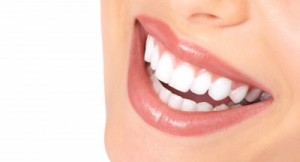One way to start with your body health resolution is to take care of your oral health. The simple steps involved are brushing your teeth twice a day, every day, for two minutes, and seeing your dentist twice a year for a check-up.
Gum disease usually occurs when a person fails to brush away plaque that accumulates from daily eating and drinking activities. Over time, the bacteria in the plaque buildup will affect the teeth and gums, resulting in tooth decay and gum disease.
Gum disease is painless in the early stages and people often ignore bleeding gums, assuming that it is normal as there is no pain associated with it. However, gum disease can gradually lead to abscesses , tooth mobility and is associated with a number of other medical problems, and thus should not be ignored.
Over the years, the dental team at SDG has treated many patients with gum disease. In one case, the patient’s gums had been bleeding for months and every time he saw his dentist, he would have a tooth extracted. This led him to seek a second opinion and he happened upon our website.
Our gum specialist ( periodontist ) identified that she had advanced gum disease, but was able to provide much needed treatment for her gums. So she only needed to have one tooth extracted and the remaining teeth were saved.
To explain how gums, bones and teeth work together, think of the analogy of a house, where the bones are the foundation of the house and the teeth are the structure of the house. The gums are the protective pink tissue that covers the bone structure at the base. If the foundation is affected and there is bone loss, this will cause the teeth to become mobile.
An X-ray will be needed to determine the extent of bone loss and to assist in treatment planning for patients with gum disease.
3 ways to treat gum problems:
- Schedule regular dental check-ups that include twice-yearly teeth cleanings with your dentist.
- If necessary, your dentist (or periodontist , i.e. gum specialist) will provide active gum care which includes deep cleaning of your gums.
- In some cases, a graft (new tissue) may be placed over the root to bring the gum tissue back to its original shape and position.
If you want to know the latest interesting news about dental health news, please subscribe to our Blog .
If you want to make an appointment, you can do it online on our website or call our clinic at (65) 6690 5638. We will be happy to help.






